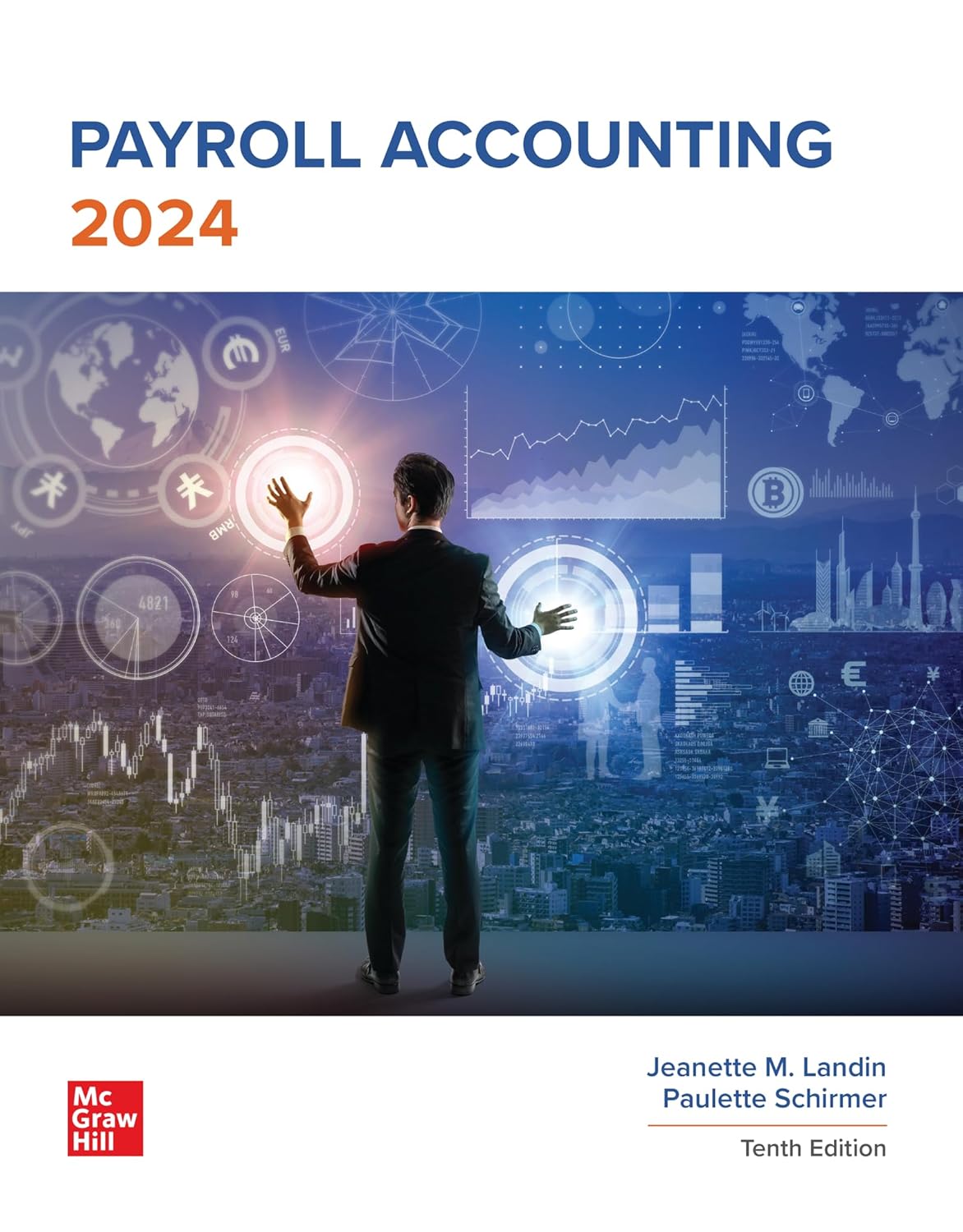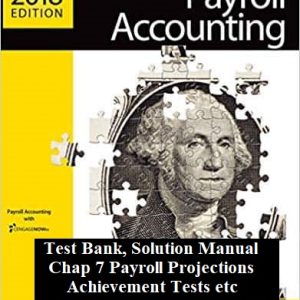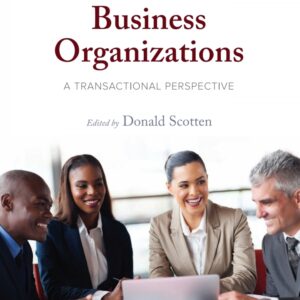The Payroll Accounting 10th Edition (2024) upholds the author’s commitment to offering a contemporary perspective on payroll accounting, addressing real-world challenges that students are likely to encounter in their future careers—including cybersecurity threats, payroll fraud, the impact of artificial intelligence, and labor costs. The combination of the textbook and Connect materials fosters a thorough understanding of payroll accounting in the twenty-first century, enhancing the value accounting students bring to their future organizations. Regardless of whether the course is delivered face-to-face, in a hybrid format, or online, Payroll Accounting 2024 is versatile enough to accommodate programs ranging from as brief as 3 weeks to as extensive as 15 weeks.
This textbook is different than others because it is written These individuals include decision-makers in the company and employees who rely on their salaries for their livelihoods. To strengthen the link between business and individuals, each chapter introduces engaging stories drawn from recent payroll accounting events that illustrate the intricate relationships among payroll, legislation, business decisions, and their impact on people. Chapter 1 delves into the evolving attitudes of workers towards their jobs, driven by the transformative work environment changes during the COVID-19 shutdowns, which have amplified the demand for an improved work-life balance from employers. Chapter 2 addresses the influx of refugees into the workforce, clarifying the distinctions between H-1B and refugee work visas. Chapter 3 examines the complexities of new pay transparency laws enacted in various regions. Chapter 4 highlights the necessity for flexible benefits tailored for both traditional and remote employees, addressing the unique “out of sight, out of mind” challenges faced by remote workers. Chapter 5 emphasizes the rising demand for flexible or on-demand pay options that are becoming increasingly popular. Chapter 6 tackles the daunting challenge of escalating labor costs confronting employers, many of which have led to layoffs. Finally, Chapter 7 introduces the implications of artificial intelligence, the Great Resignation, and the aftermath of COVID-19, all contributing to a shortage of accountants in the industry.
The author team updated content, including payroll processing options in Chapter 1 to reflect current technology. Chapter 2 discusses multiple employers and legal reporting requirements. Cybersecurity in payroll is covered in Learning Objective 2-5. The section on cryptocurrency in Learning Objective 5-6 has been revised, highlighting its complexities in employee payments due to its stock market ties instead of a central bank.
978-1264443468, 978-1266832352. 978-1266844379, 978-1266787164, 978-1266722608, 978-1266831980, 978-1266831614, 978-1266445408, 978-1266280337
The ISE/International Edition is exactly the same as the North American/USA version
NOTE: This sale only consists of the eBook Payroll Accounting 2024, 10th Edition, in the original PDF format. No access codes are included.






Reviews
There are no reviews yet.